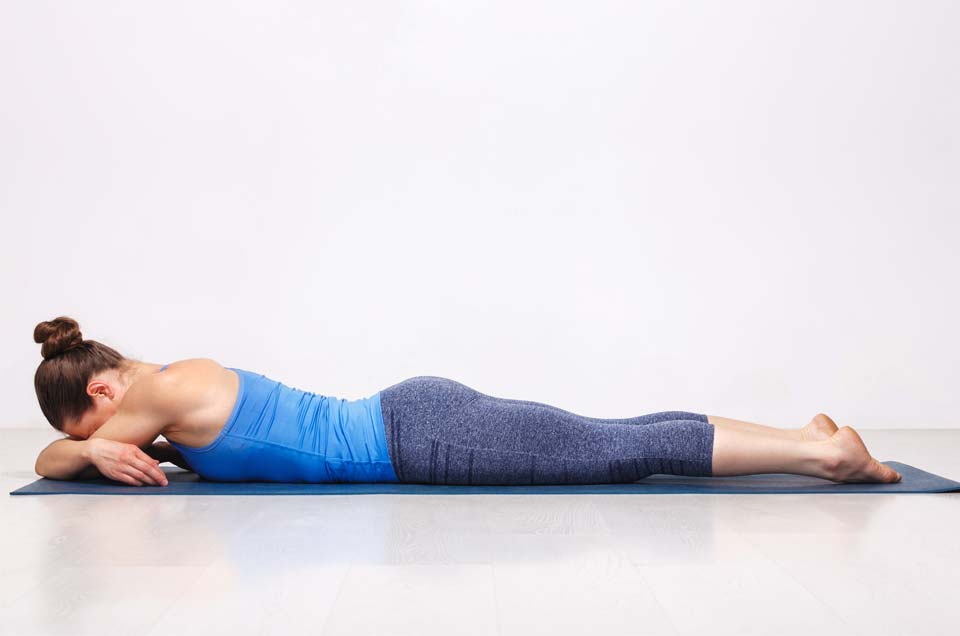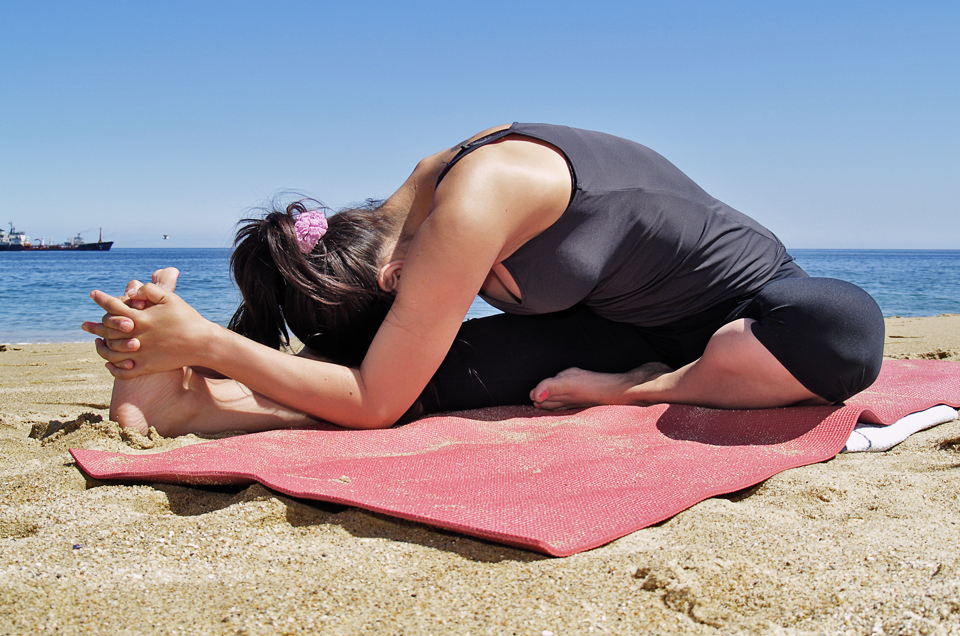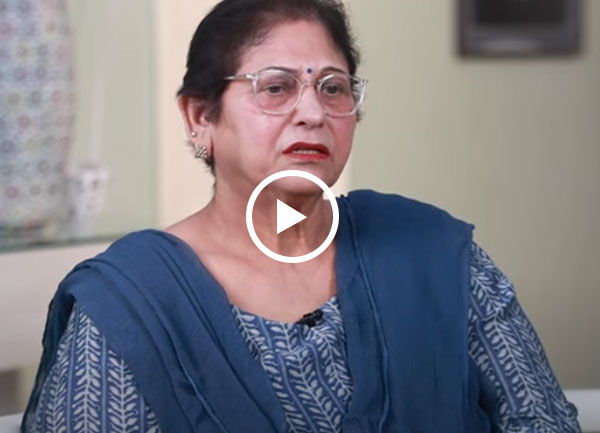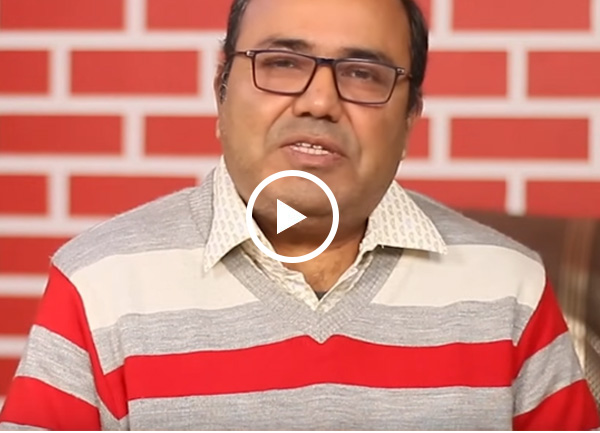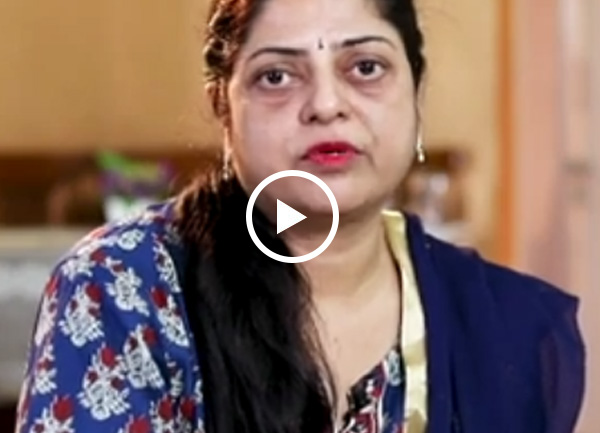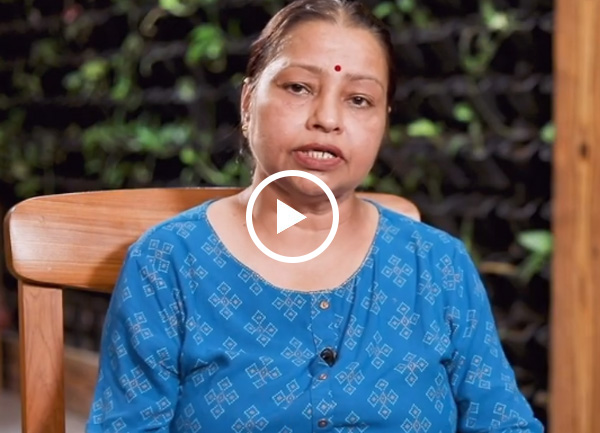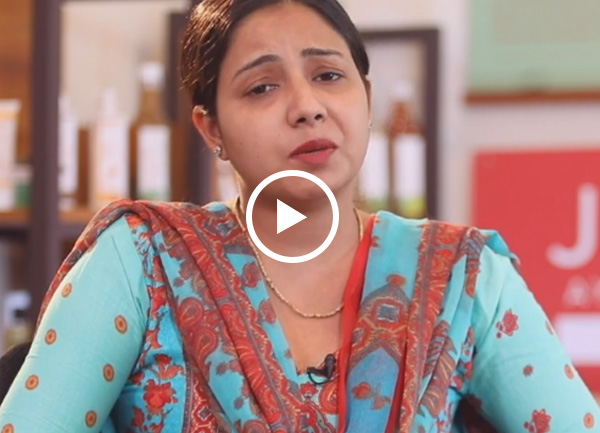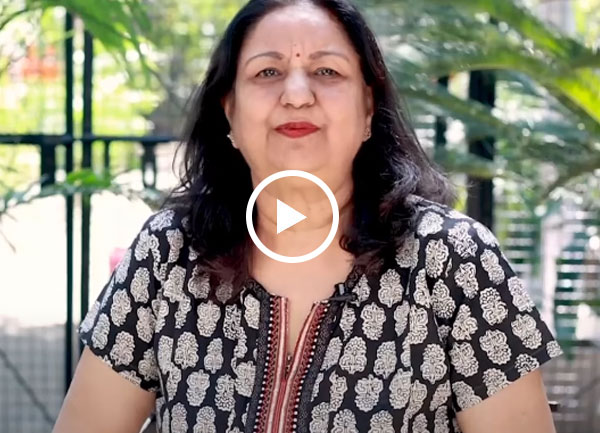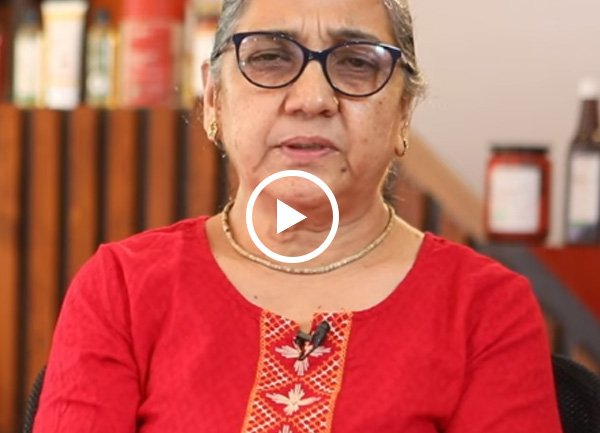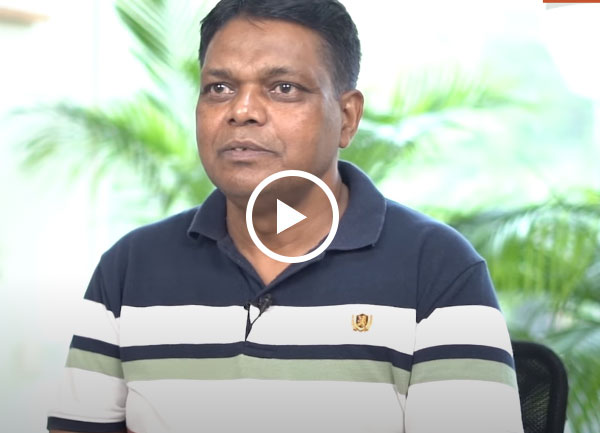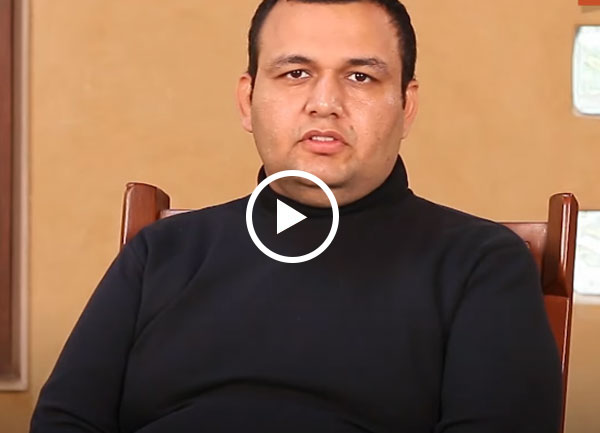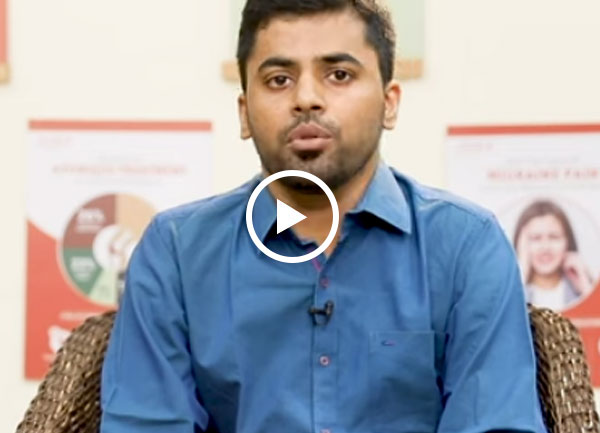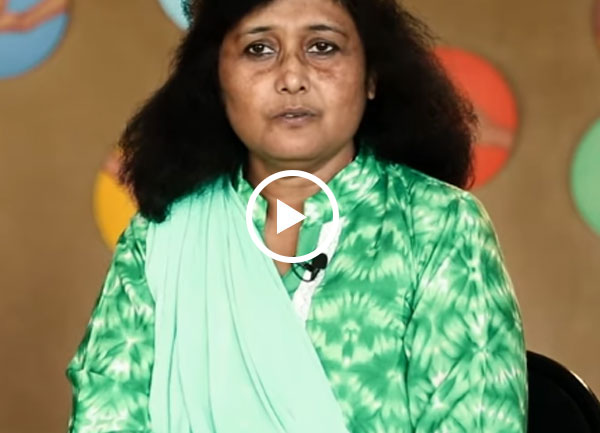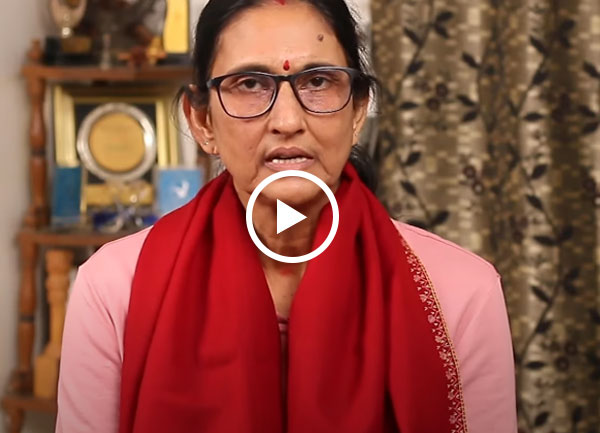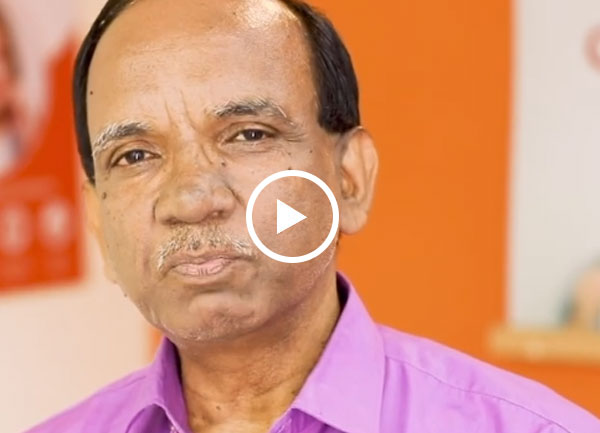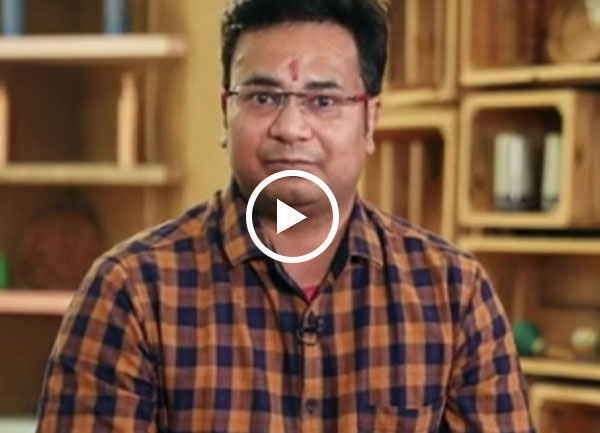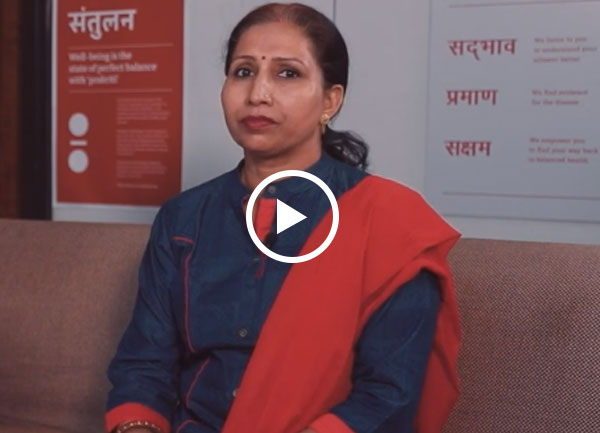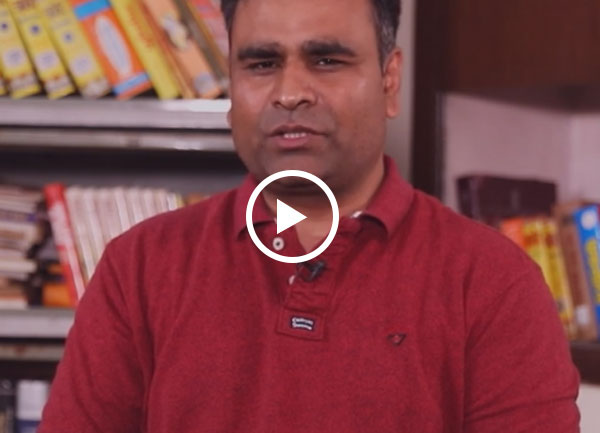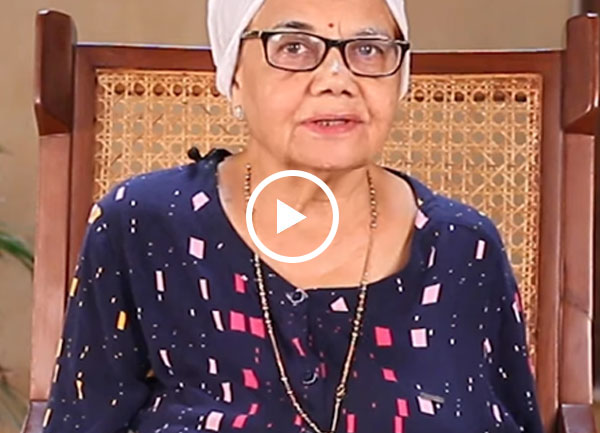Steps
-
Lie down with your back on a Yoga mat and keep your arms straight by the side of thighs and your hands resting on the ground.
-
Exhale and inhaling, start raising both the legs upward and stop when they make angle of 90 degree with the floor.
-
Exhaling raise the waist, hips and push the legs backward over the head. Try to maintain the balance at least for three breaths.
-
After exhaling completely, push the legs further back and try to touch ground with toes.
-
Keep the toes stretched and continue normal breathing for minimum five breaths.
-
Exhale and inhaling lift the toes off the floor keeping the legs straight in knees.
-
Continue inhaling and slowly keep the back on the ground.
-
Exhaling, bring legs back to the normal position without jerk or speed.
Focus
-
Shoulders
-
Abdominal organs
-
Back and spine
Benefits
-
Effective in treating chronic constipation, indigestion, gas formation and acidity
-
Improves arthritic pain and stiffness of the shoulders
-
Soothes nerves and rejuvenates abdominal organs
-
Provides flexibility to the spine
-
Treats obesity by activating thyroid gland
-
Reduces stress and fatigue
-
Stimulates the pancreas and helps control blood sugar levels
-
Increases blood circulation in spleen and enhances the immune system
-
In females, halasana is helpful in disorders like dysfunctional uterine bleeding, painful menstruation, etc.
Precautions & Contraindications
Beginners should practice this asana very carefully and should not try to force their toes to touch the ground. Also, when you are raising your legs, make sure that you do not bend them, as that could put pressure on your spine.
Avoid this pose if
-
You have sustained an injury to your spine or back in the recent past.
-
You have hypertension or any cervical or spinal problem like slip disc or tuberculosis of spine.
-
You have an enlarged spleen or liver due to any cause like malaria or hepatitis.
-
You are pregnant.




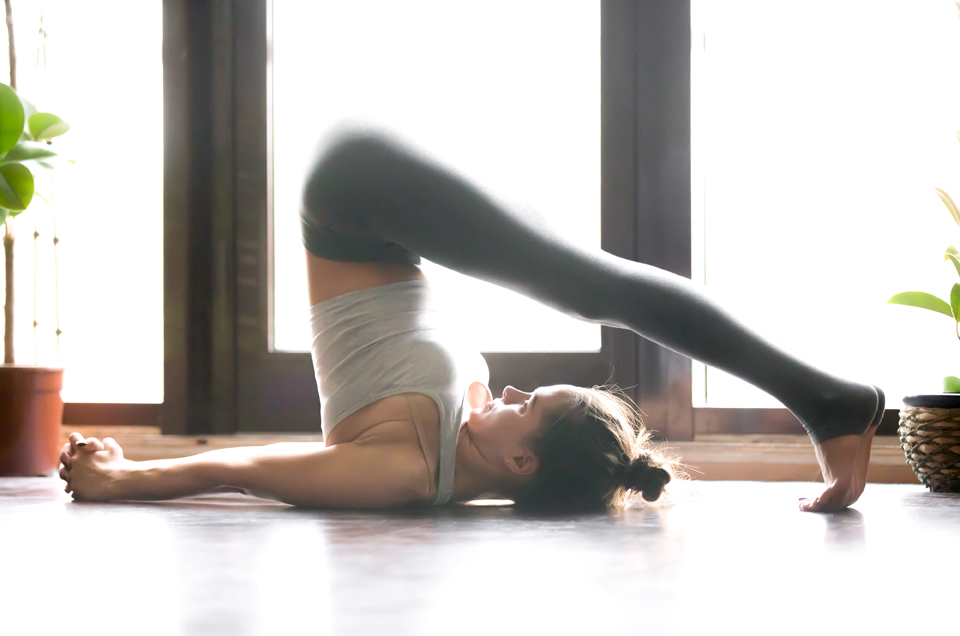
 Prev
Prev
